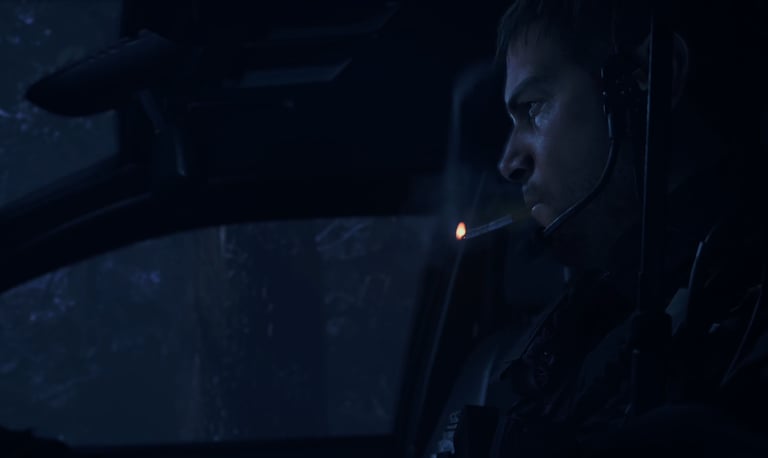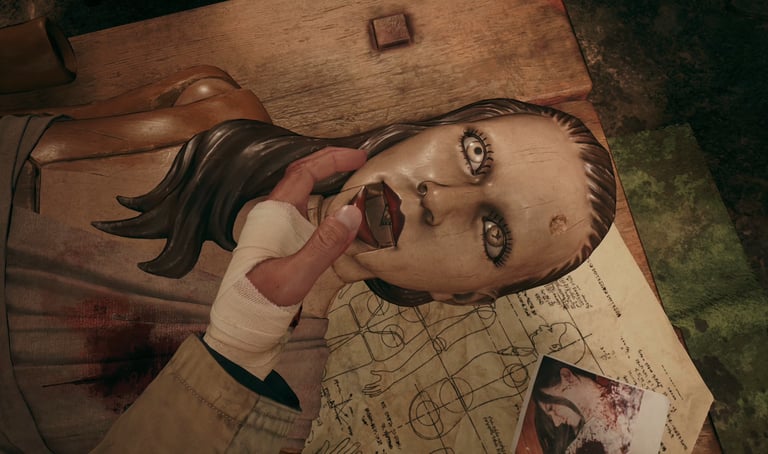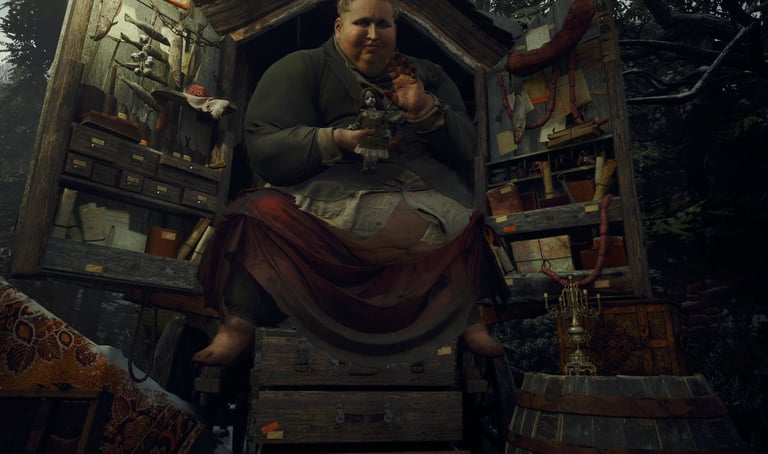
Resident Evil Village
A deep dive into Capcom’s unhinged horror love letter
GAME REVIEW
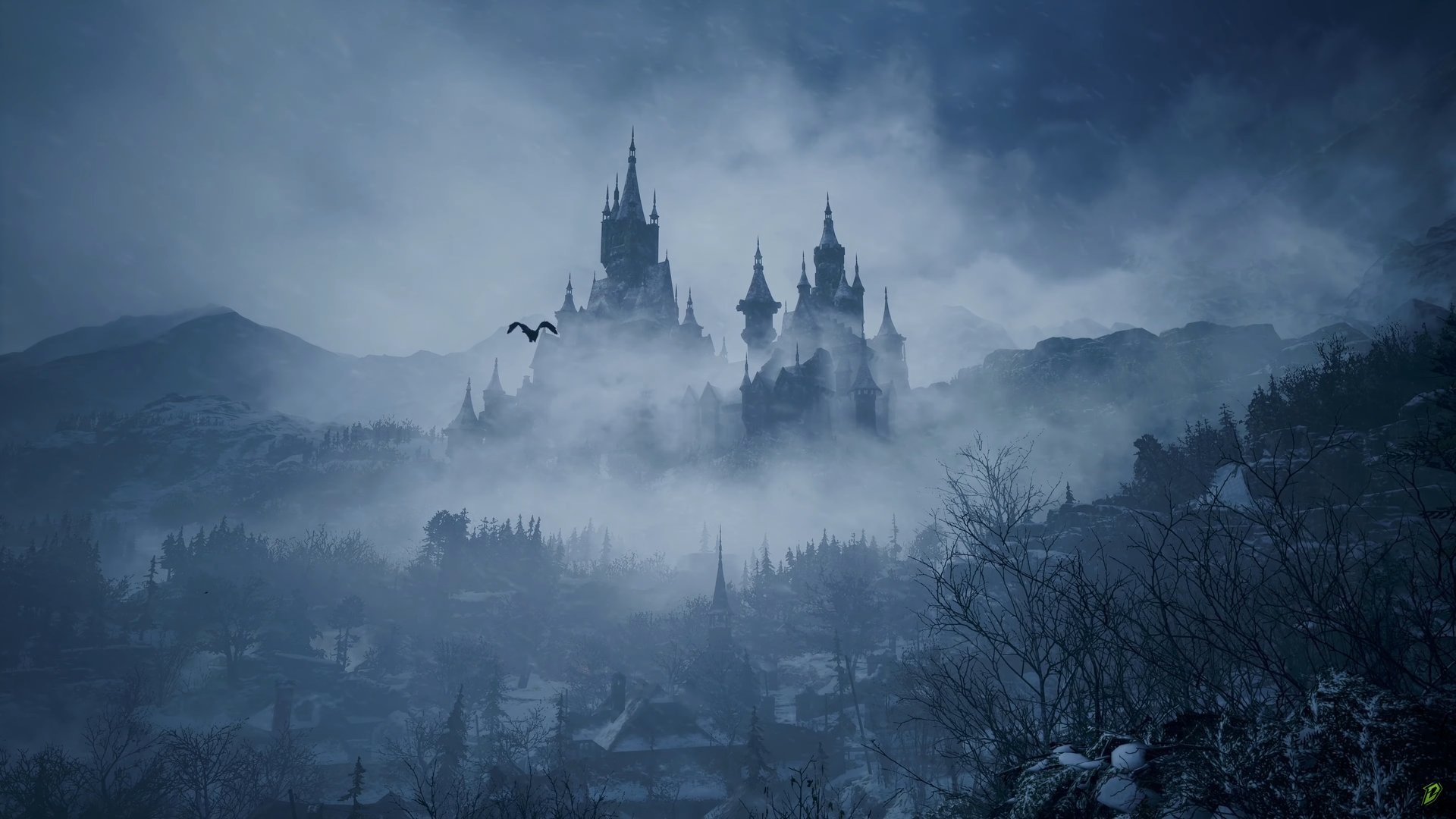
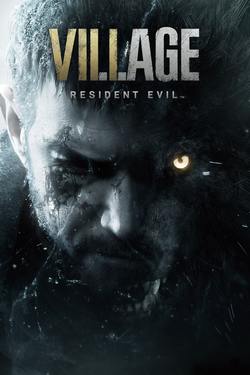

81
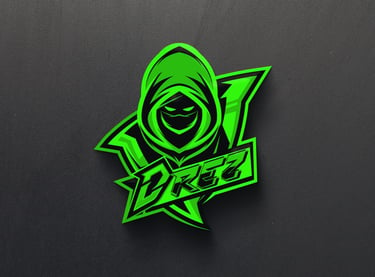

Resident Evil Village opens with a baby, a book, and an oddly soothing British woman reading what sounds like a Grimm fairy tale rewritten by someone on painkillers and absinthe. It’s haunting, stylized, weirdly beautiful, and then it all descends into chaos like a vacation planned by a conspiracy theorist. One minute you’re putting your daughter to bed, the next you’re crash-landing in Transylvanian hell, being chewed on by werewolves, and wondering why Ethan Winters has the regenerative power of a Marvel character and the emotional range of a coffee mug. Released in 2021 by Capcom, Resident Evil Village is the eighth mainline entry in the series, a direct continuation of Ethan’s journey from Resident Evil 7, and an unashamed love letter to Resident Evil 4. It’s a horror game. It’s a shooter. It’s a fever dream in Eastern Europe wrapped in gothic chic and soaked in blood. It’s a little dumb. It’s also kind of brilliant.
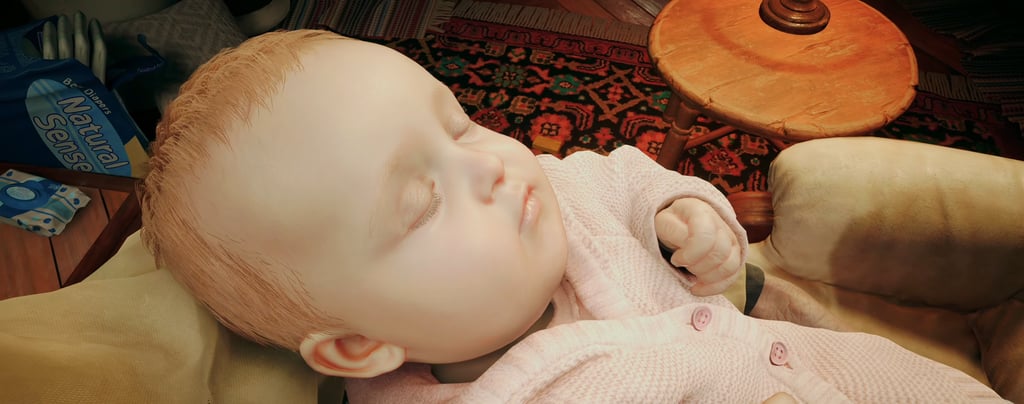

Where the Hell Are We and Why Are All the Villagers So Hairy?
Let’s get this out of the way, Village’s story is bananas. Not the “this is too weird to function” kind of bananas (RE6, we’re looking at you), but the kind that leans into its own weirdness and dares you to blink. It follows Ethan Winters, the most resilient suburban dad in video game history, as he searches for his kidnapped daughter in a village that seems like it was designed by someone trying to win a “Most Cursed Airbnb” contest. The setting is the real star here. The titular village is like Dracula’s Instagram feed: snowy, decaying, drenched in religious iconography and murder. Each region is run by a deranged monster lord with their own horror subgenre to embody, gothic castle, dollhouse nightmare, swamp mutant, and factory full of bad German accents and body horror. It’s like The Real Housewives of Transylvania, if every episode ended in a boss fight and irreversible trauma. And honestly? It works. The tonal whiplash keeps things fresh. One minute you're in Lady Dimitrescu’s castle playing cat-and-mouse with a nine-foot-tall aristocrat with Freddy Krueger claws, the next you’re solving puzzles in a house that makes PT look like a Disney ride. It’s horror tourism, and Capcom is your deeply unwell travel agent. But the real glue is Ethan. And yes, I mean that unironically. He’s still a bit of a blank slate, your average guy with an unusually high pain tolerance and a penchant for dramatic hand injuries, but he’s grown. There’s genuine weight to his mission this time. He’s a father, he’s pissed off, and by the end of it all, he feels more like a person than a vessel. He’s no Leon, no Chris, no snarky punchline factory. But he’s human. And sometimes that’s scarier.
Guns, Guts, and Gimmicks
Gameplay-wise, this is Resident Evil 4’s spiritual successor after a bender with Outlast and Bloodborne. You’ve got tight over-the-shoulder gunplay, resource management that teeters on stingy, and level design that balances open exploration with claustrophobic terror. The village itself is a hub world, yes, a hub world in a Resident Evil game, and returning to it between excursions feels oddly comforting in a post-apocalyptic kind of way. Like coming home to your haunted shed. Combat is crunchy. Weapons feel weighty, enemies are aggressive, and encounters can spiral into panic fast. The Lycans (Capcom’s answer to “what if zombies had cardio?”) will flank you, dodge your aim, and swarm like angry gym rats. Boss fights, meanwhile, are spectacles of grotesque imagination. Some are tense and tactical. Others are just big, dumb fun, Michael Bay horror with slime. Inventory management is back, Tetris-style, which remains one of the strangest pleasures in gaming. Organizing shotgun shells next to fish meat shouldn’t be satisfying. And yet. Speaking of meat, yes, there’s a cooking mechanic. Yes, it involves slaughtering local wildlife. Yes, it’s absurd. But it's also one of those quirky touches that Village layers in without shame. Like crafting ammo, blocking attacks, and upgrading weapons through The Duke, a morbidly obese merchant who looks like he should be narrating a Tim Burton short film. He’s grotesque, endearing, mysterious, and somehow manages to be less creepy than everyone else in the game.
